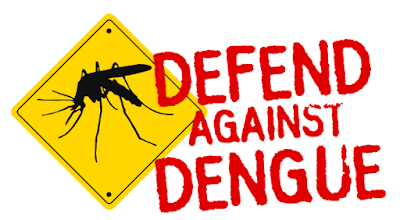STEM CELL--COLLECTION NOW AVAILABLE IN CHIDAMBARAM HOSPITAL,TISAYANVILLAI.

STEM CELL CHIDAMBARAM HOSPITAL चिदंबरम अस्पताल, ചിദംബരം ഹോസ്പിറ്റൽ சிதம்பரம் மருத்துவமனை, திசையன்விளை.627657 Stem Cell Definition: Stem Cells: One of the human body's master cells, with the ability to grow into any one of the body's more than 200 cell types. All stem cells are unspecialized (undifferentiated) cells that are characteristically of the same family type (lineage). They retain the ability to divide throughout life and give rise to cells that can become highly specialized and take the place of cells that die or are lost. Stem cells contribute to the body's ability to renew and repair its tissues. Unlike mature cells, which are permanently committed to their fate, stem cells can both renew themselves as well as create new cells ...

